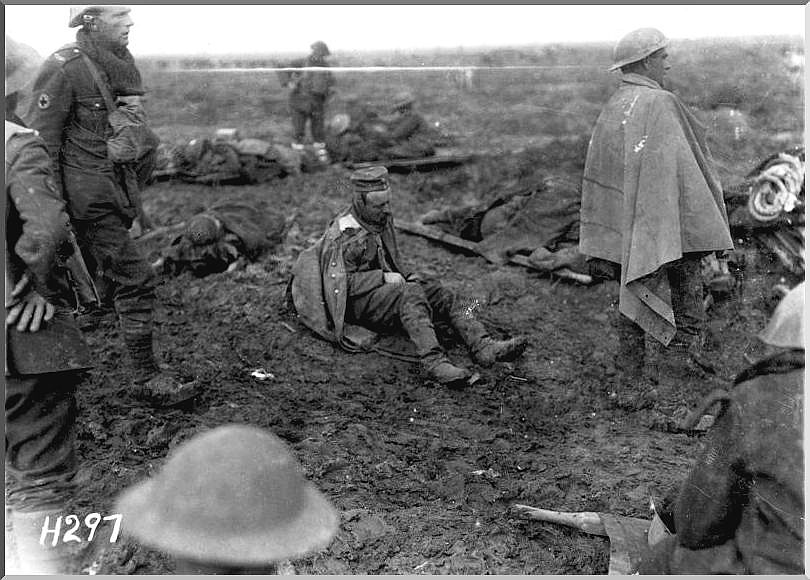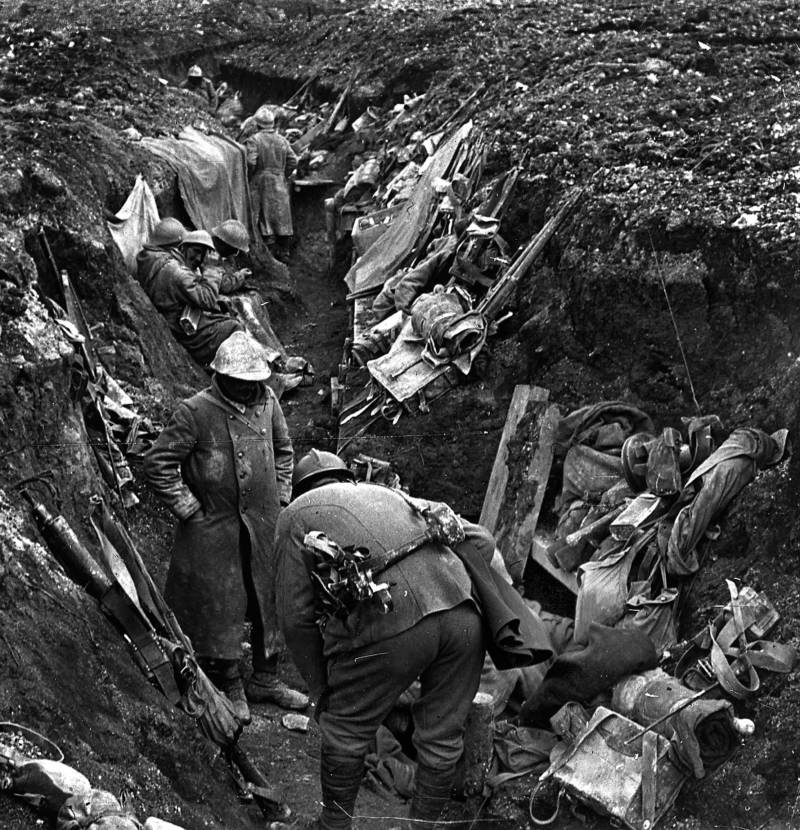

This was less had they had planned (John, 2000). By the end of the first day German forces had only managed the trenches that were in front. This meant that half of the French force had remained for the counter attack. It was later reported by a scouting party that nearly half of the French troops were killed. The intention of the Germans was to kill the Frenchmen even before they advanced into the fortresses.

Around 100,000 shells were directed into Verdun after every hour.

These guns were served by railway facilities. They were stationed along an eight mile front. The fifth army commander, Crown Prince Wilhelm, began the attack with 1,400 guns. The attack finally started on February 21 st at 7:15. The German troops were one million against two hundred thousand French troops. He posted two battalions, which he led, on river Meuse (east bank) but the German troops out numbered the French army. The fortress commander, Lieutenant Colonel Emile Driant, also tried to improve the trench system. This move made him to have reinforcement given to French second army. This was to last for 21 hours.īefore the war started, the French Commander-in-chief, Joffre, was attacked. (John, 2000) The attack was supposed to be preceded by a preliminary bombardment. But due to poor weather the plan was changed and the attack started on 21 st February. The original plan was to start the attack on 12 th February. This is because he feared a lot of losses. He thus ordered the attack to be restricted to the eastern side of the river (east bank). This plan was not good for Falkenhayn, who was very cautious. The assault was supposed to take place from two different sides that surrounded Meuse River. (Jeremy, 2002)Ĭrown Prince Wilhelm was the fifth army commander who was responsible of besieging Verdun. This was an added advantage to Falkenhayn.

Verdun was a French salient into German territory and this opened up three sides of attack. The troops were thus spread across the eight mile front. During the Franco-Prussian war the last fortress town fell on the hands of the Prussians.įalkenhayn plan was to bomb Verdun thus diverting the attention of the French troop who were stationed at the western front and draw them into Verdun. So practically the woods behind Verdun were easier to defend than the fortresses. Falkenhayn depended on the fact that Verdun was important to the Frenchmen symbolically rather than strategically. This is because of its status as a fortress even during the period of the Romans and also the recognition of Verdun’ by most French men. But still Verdun remained a psychological pride for the French men. The choice of Verdun as the center of interest by the Germans was not very effective because the French men lost faith in the fortresses and the need to defend them. (Jeremy, 2002) This particular move had its disadvantage because Germany was unable to capture the Russian army and this compromised the position of the Germans. He also shifted his focus from the eastern front to the Western front, which is towards Britain. Kaiser also authorized the implementation of a siege against Verdun. He agreed on the policy of unrestricted submarines warfare’s even though he knew he risked bringing the United States into the war. Kaiser implemented the policies as he had been advised by Falkenhayn. To him this move would end the hostilities that were there. The implementation of this policy would ensure that Britain starved. He therefore recommended a policy that would enable warfare submarines to have unrestricted merchant shipping. Britain formed an allied effort against Germany and therefore Falkenhayn believed that she must be eliminated from the war. Falkenhayn reasoned that if Germany defeated France, then Britain would seek an alliance with Germany or risk being defeated.


 0 kommentar(er)
0 kommentar(er)
